This Wednesday's watermark comes to us once again from the Islamic Manuscripts Collection - one of the papers in Isl. Ms. 44 to be exact. It features a motif of three crescents of varying sizes arranged in a row.
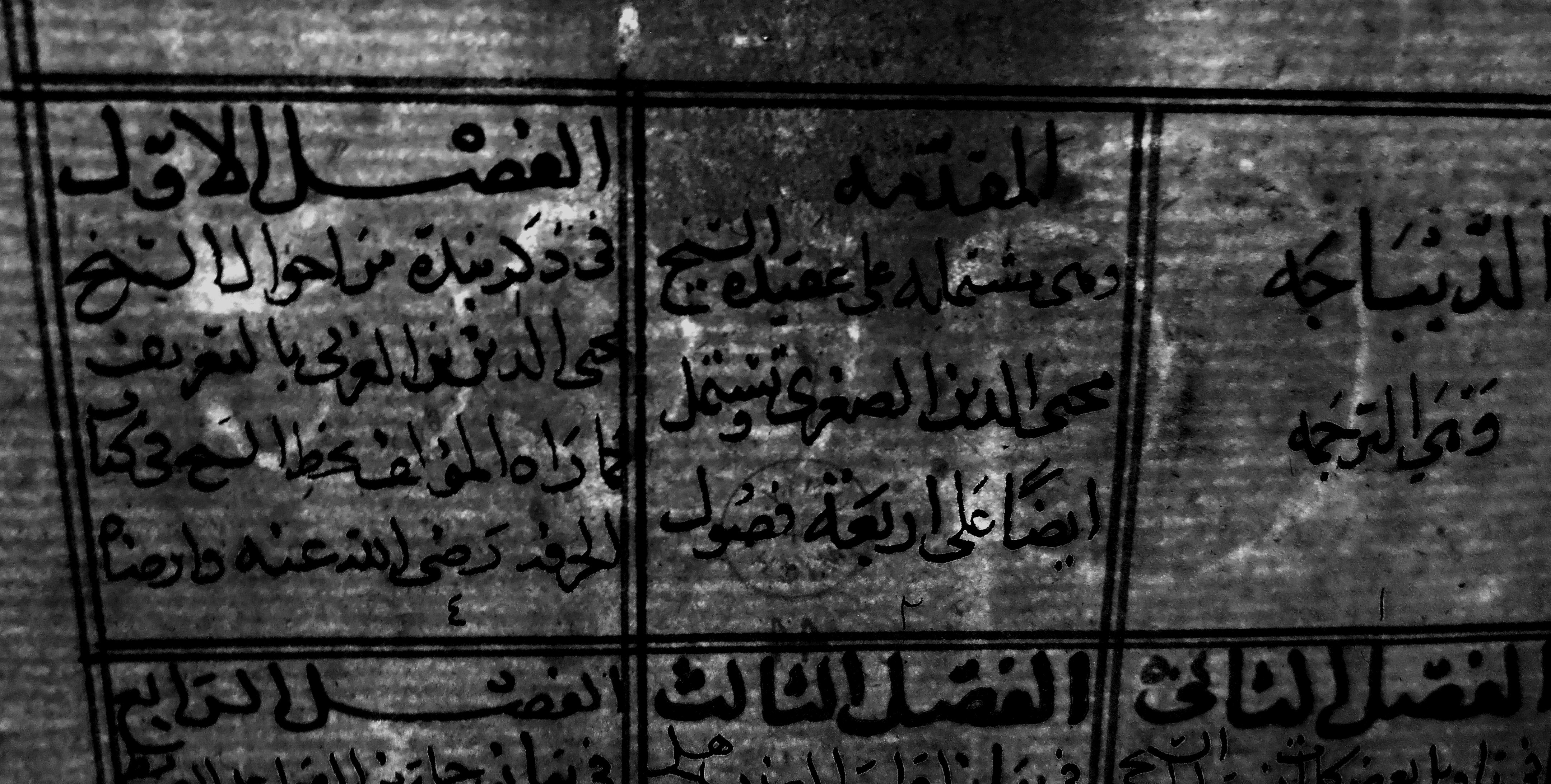
Another view of the three crescents mark in p.4 of Isl. Ms. 44, copied in 1648, likely in Egypt.
Quite popular among Italian - particularly Venetian - papermakers marketing their products to the lands of the Ottoman Empire in the 17th and 18th centuries, the motif is also known by the Italian designation for three crescents, "tre lune." It was also employed by French papermakers of the 18th century in imitation of the Venetian product and called "Trois lunes". [1]
The motif appears in incredible variety in the watermarks of papers used in Ottoman manuscript codices and documents. Asparoukh Velkov and Stephane Andreev have filled an entire volume with examples. [2]
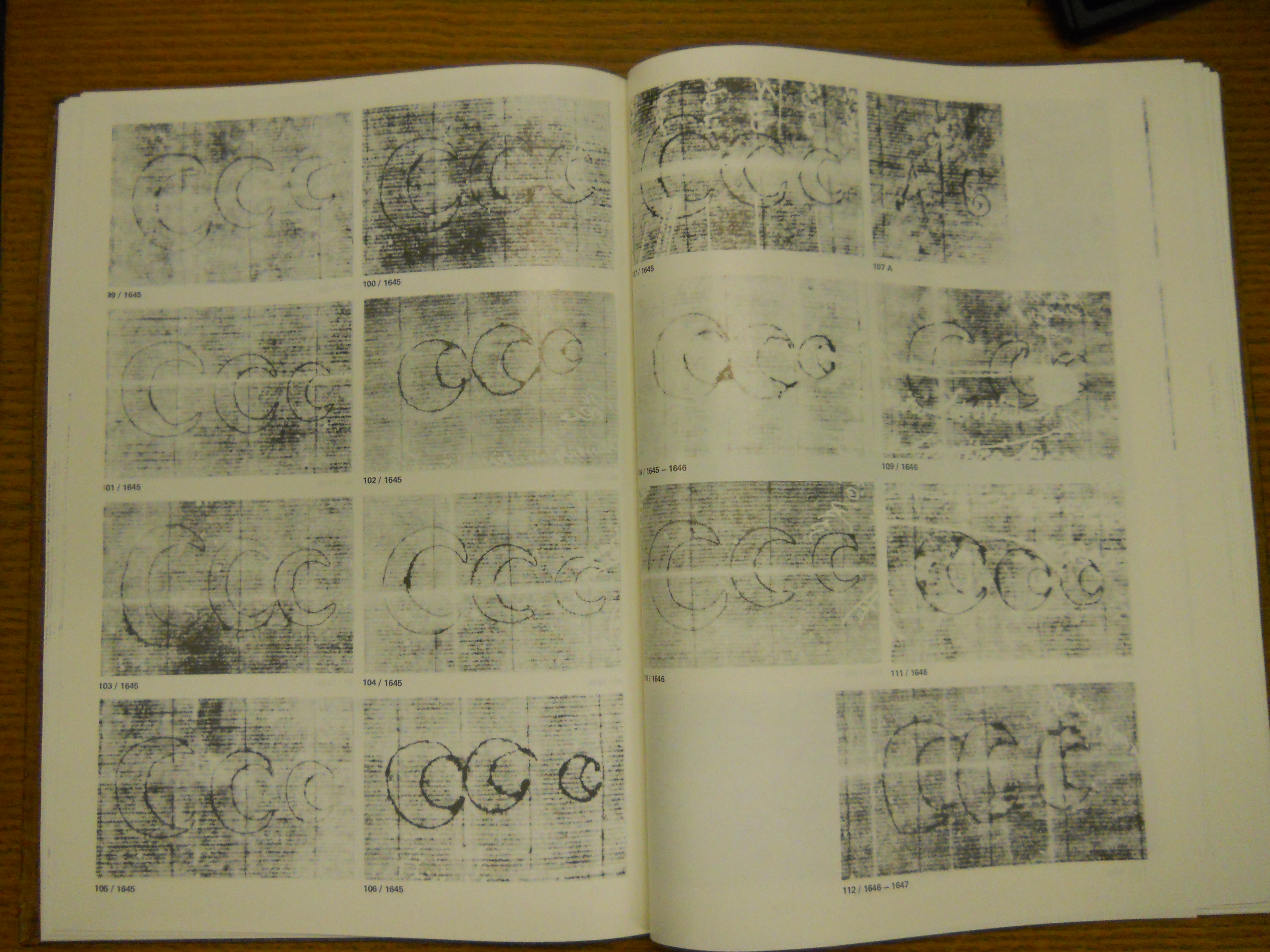
Watermark nos. 99-112 in Velkov and Andreev, Filigranes dans les documents ottomans. I Trois croissants
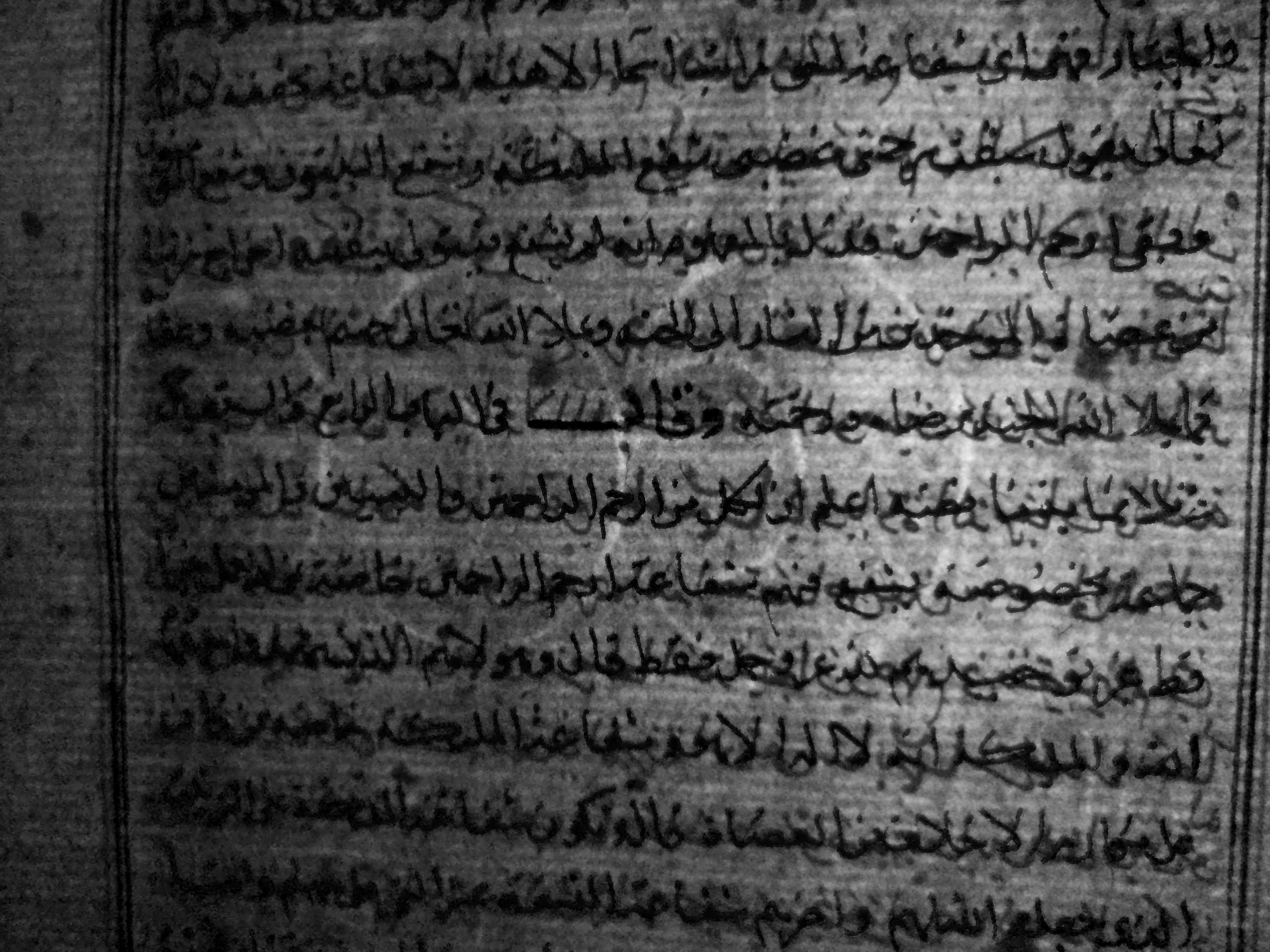
Another type of three crescents watermark in Isl. Ms. 44, p.580.
In Egypt, where Isl. Ms. 44 was likely copied, "tre lune" watermarked paper appears in local court documents as early as 1631. From the later half of the 17th century until the 19th century the paper was quite popular, eventually overtaking other watermarked papers in the Egyptian markets. [3]
On the whole, the three crescents motif is one of the most commonly encountered watermark motifs in Islamic manuscripts. More than 150 volumes in our Islamic Manuscripts Collection feature papers with some type of three crescents watermark, often with several different types in a single volume. A small sampling of these watermarks follows.
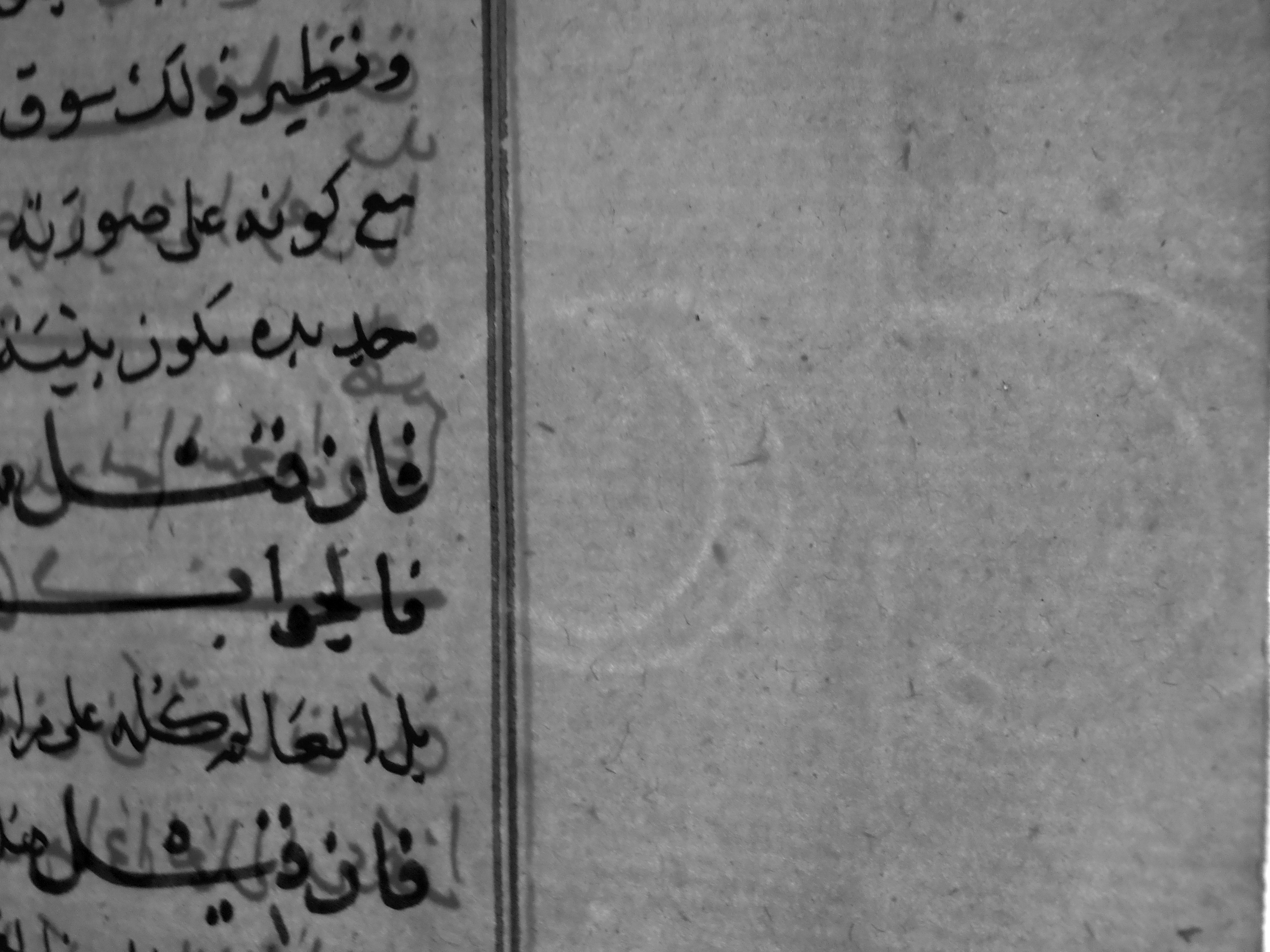
Above: Yet another type of three crescents watermark in Isl. Ms. 44, p.620.
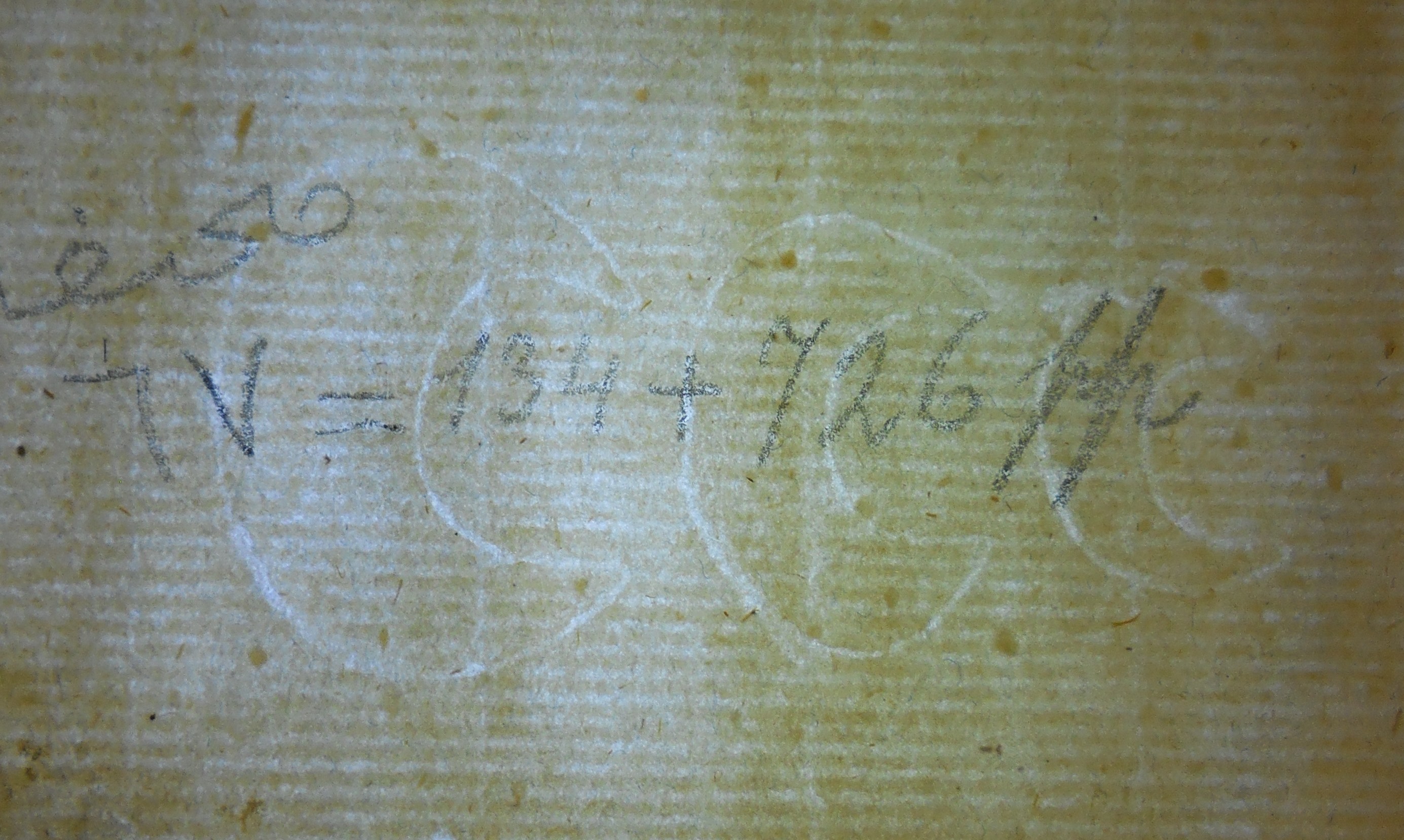
Above: Three crescents watermark in the front flyleaf of Isl. Ms. 589, copied in 1660 in Yemen.
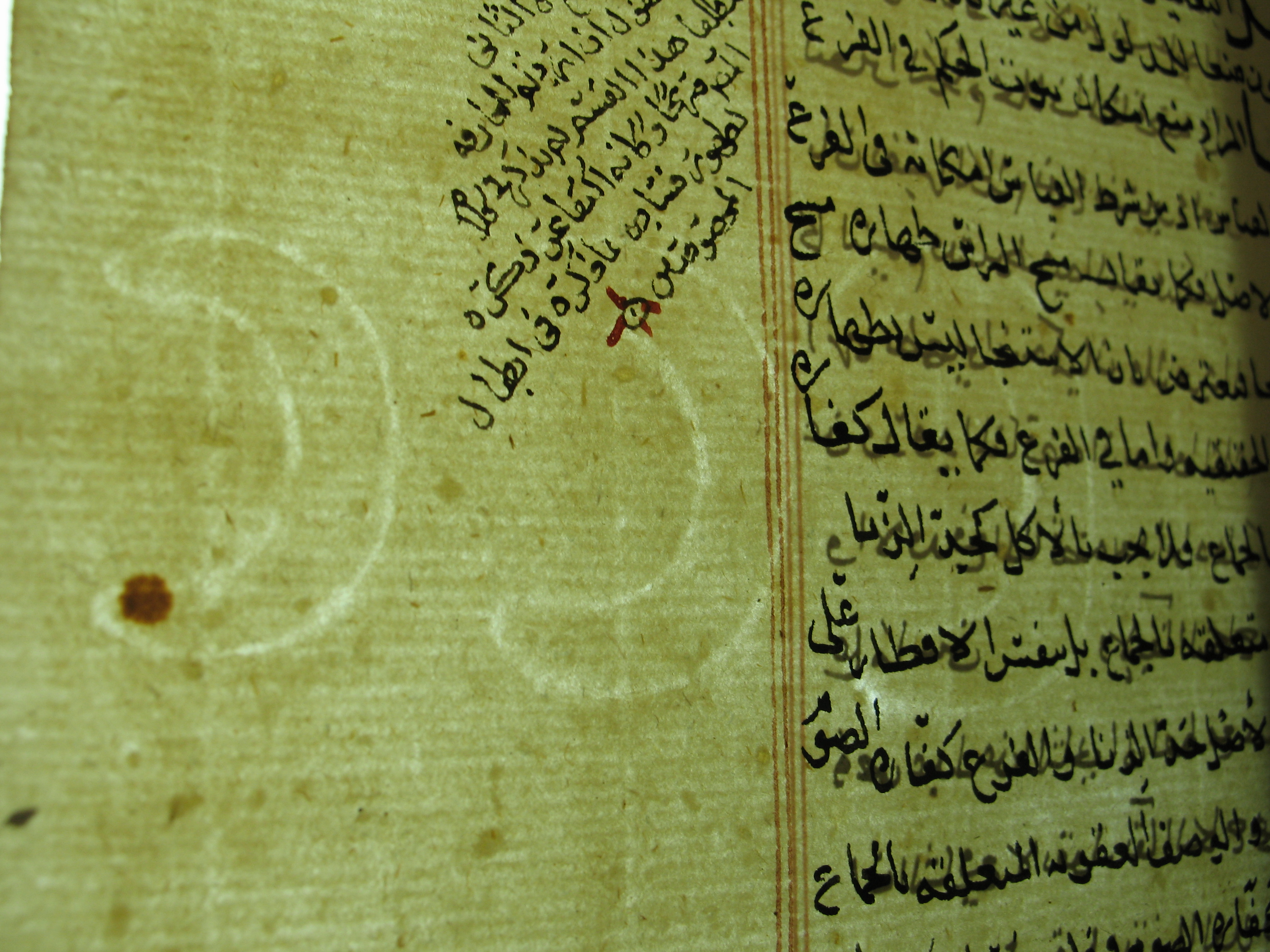
Above: One of several three crescents marks in Isl. Ms. 564, copied in 1679 in Yemen. This mark is in p.490.
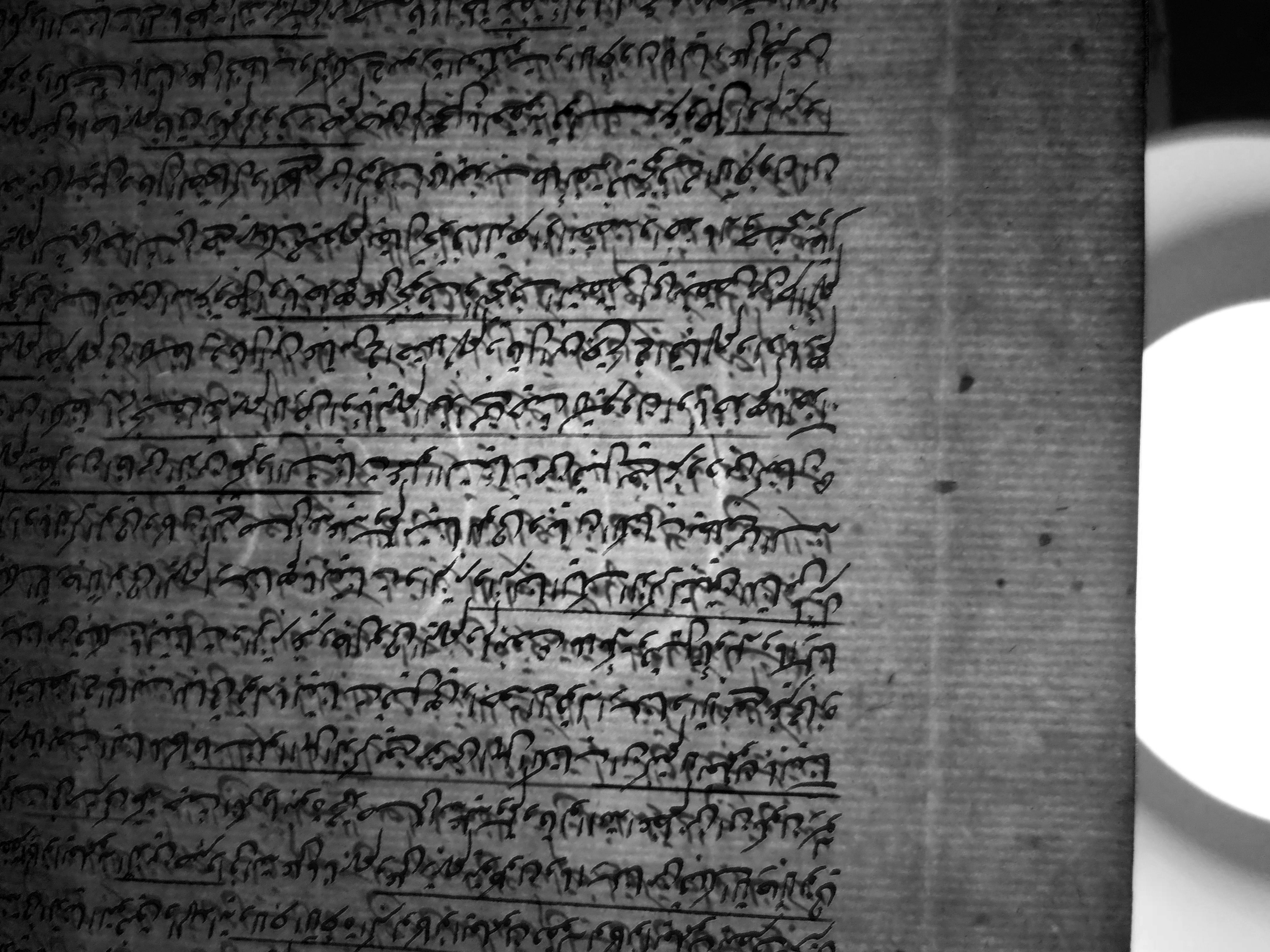
Above: Three crescents watermark in the added section of Isl. Ms. 454, copied in 1692.
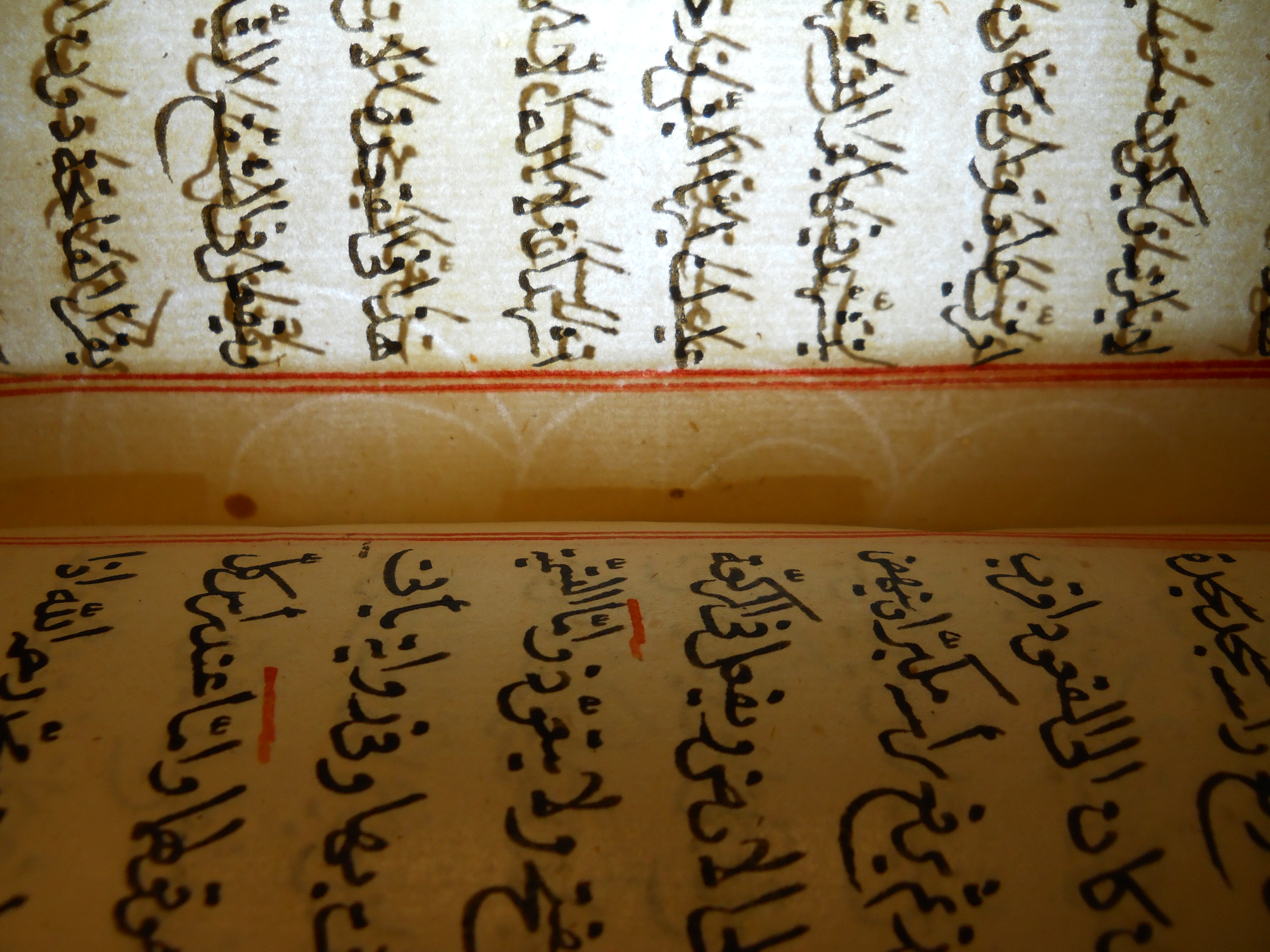
Above: Three crescents watermark visible at the gutter in Isl. Ms. 504 folio 37, in a section of the manuscript copied in 1713.
Measurements can help distinguish the different varieties of watermarks featuring the three crescents motif. The length or distance spanned by the array of three crescents may be measured, as well as the height and width for each crescent. Of course relative placement and distances spanned by laid and chain lines can also be helpful distinguishing characteristics. Some three crescents marks appear with another mark, such as the crown-star-crescent. Many three crescents marks are also accompanied by a countermark representing the papermaker in the form of initials or full name.
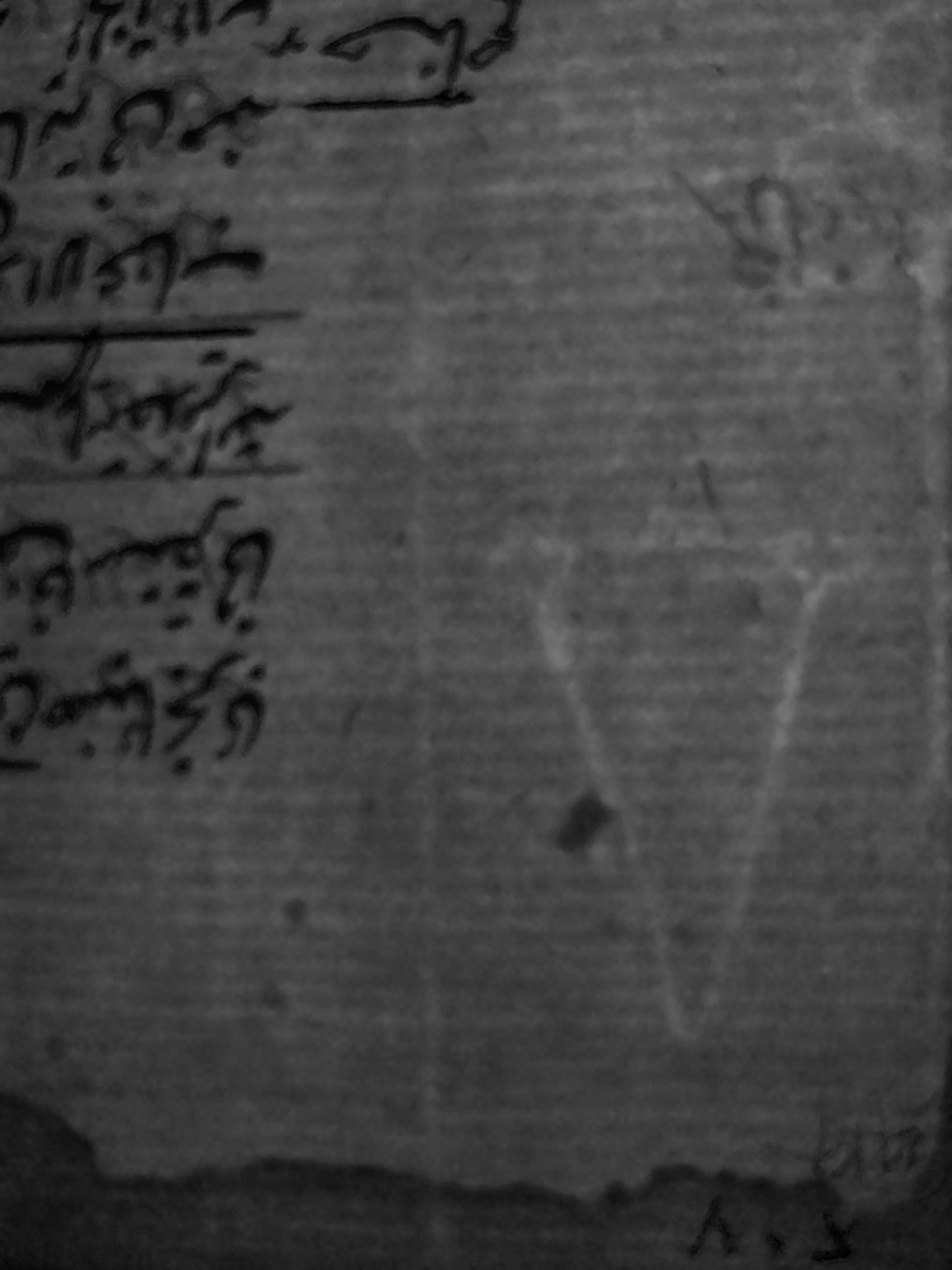
Above: Countermark with "V" visible under trefoil accompanying a three crescents watermark in Isl. Ms. 454.
Can you spot some of the differences in the three crescents marks of Isl. Ms. 44 and the other marks featured above?
[1] See p.116 in Raymond Gaudriault, Filigranes et autres caractéristiques des papiers fabriqués en France aux XVIIe et XVIIIe siècles, Paris: CNRS, J. Telford, 1995.
[2] Velkov, Asparoukh and Stephane Andreev. Filigranes dans les documents ottomans. I Trois croissants [= Водни знаци в Османотурските документи. I Три луни]. Sofia: Bibliotheque Nationale "Cyrille et Methode" Comission Archeographique Bulgare Section Orientale, 1983.
[3] See p.80 in Terence Walz, "The Paper trade of Egypt and the Sudan in the Eighteenth and Nineteenth Centuries and Its Re-export to the Bilad as-Sudan," In The Trans-Saharan Book Trade: Manuscript Culture, Arabic Literacy, and Intellectual History in Muslim Africa, Eds. Graziano Krätli and Ghislaine Lydon (Leiden : Brill, 2011): 73-108.